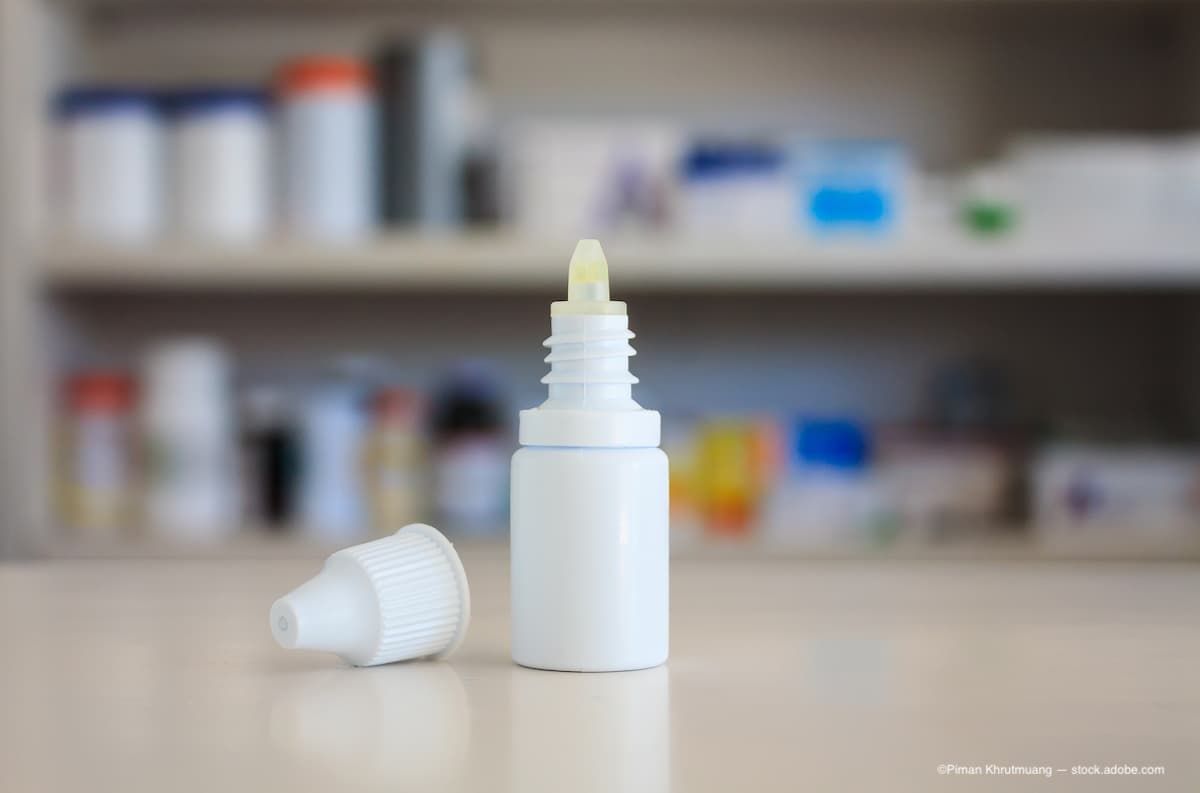Opinion
Video
Impressions and Takeaways From Patient Case No. 2
Author(s):
John Sheppard, MD, explains the potential harm caused by over-the-counter artificial tears with preservatives on the ocular surface and discusses innovative ocular-sparing treatments that stimulate tear production.
John Sheppard, MD: Our 63-year-old executive has a lot of work to do. He needs to lose weight. He needs to get off the CPAP. He needs to make sure he doesn’t start smoking again. He needs to have perhaps some better protection for his eyes while he’s surfing like some goggles or golfing like some really good sunglasses, perhaps the wrap-around type with the baseball hat. That exposure to ultraviolet is never good for ocular surface disease. In addition, he needs to immediately stop the frequent over the counter preservative tears, use something much better for his ocular surface, while also using prescription medication for his dry eye disease. Hyposecretory dry eye disease responds well to secretagogues. The centerpiece in the market right now is varenicline. This nasal spray stimulates the parasympathetic afferent arc that allows the entire lacrimal functional unit to produce more normal tears. That is aqueous tear, lipid tear and mucin tear. This stimulation of the lacrimal functional unit is the centerpiece of varenicline (Tyrvaya) nasal therapy. It’s used [twice a day], it’s well tolerated by patients who sneeze invariably but increases their Schirmer’s test, their goblet cell density, and the function of the lipid secretory apparatus. In addition, if there’s an inflammatory component, a number of prescriptions are available for this patient, such as loteprednol (Eysuvis). And also cyclosporine and lifitegrast-containing topical therapies. I’m encouraged by his acceptance, hopefully of these recommendations. He would be an excellent candidate for thermal pulsation therapy or microdermabrasion of the lid margin and, with other therapies available, customized the treatment to his particular situation. I hope he does not start to use contact lenses or engage in any other sports like skydiving or bungee jumping, and that he will calm down and dedicate himself to normalizing his ocular surface. In the case of a patient with basement membrane dystrophy and clear-cut ocular surface aberrations by a topographic and wavefront analysis, I encourage patients to consider a resurfacing procedure.
This can be done in the office; I prefer the operating room. I’ll use a 64 beaver blade and then a polishing with a wax cell sponge and then a slight dose of mitomycin C washed thoroughly and then a bandage contact lens in the operating room followed by an amniotic membrane containing lens, preferably cryopreserved. This optimizes the ocular surface, optimizes healing, and rejuvenates the surface epithelium to give us really outstanding biometric analyses and accurate refractions for his intraocular lens insertion calculations.
Thus we’ve optimized this patient, we know that there’s a skin and cutaneous and, therefore meibomian gland component to his history and that with lifestyle improvements, his dry eye will also do better and he will use his prescribed medications regularly and compliantly. He will be motivated to get his cataracts done with the most accurate possible refraction and predictability. We have great tools for managing his surface disease, both pharmaceutical, interventional in the office and surgically, prior to getting him on the road to cataract surgery.
I hope you enjoyed these presentations and some recommendations for straightening out our patients’ regimens and getting them ready for better vision.
Transcript is AI-generated and edited for clarity and readability.




